[Photo story] Failure of the Double Tenth Agreement and the beginning of the Chinese civil war
Just when China thought it would see peace after World War II, a civil war between the Kuomintang and Chinese Communist Party soon broke out. While the Double Tenth Agreement led to an peaceful interregnum of sorts, this was short-lived, and not even US intervention resulted in a lasting peace.
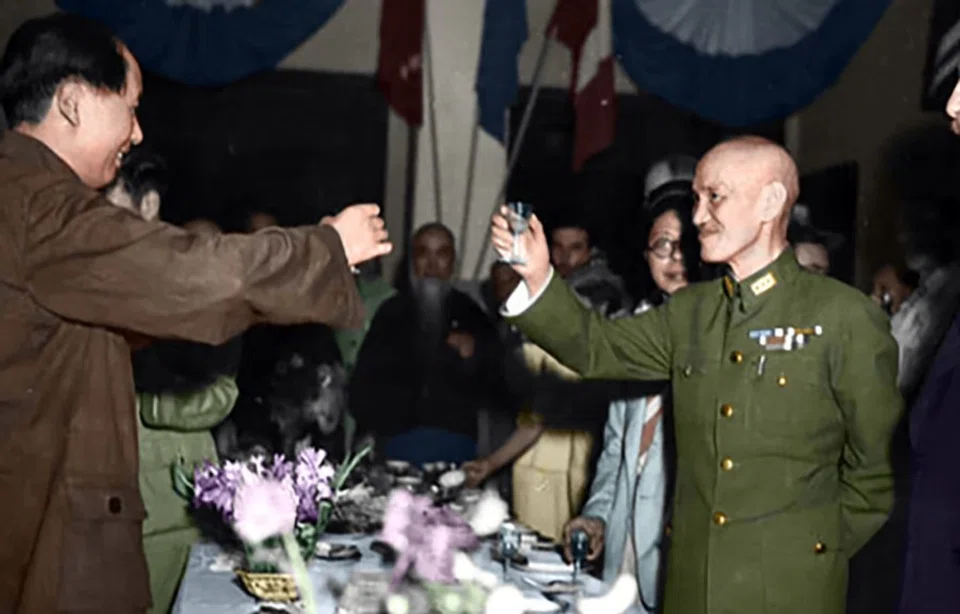
(All photos courtesy of Hsu Chung-mao.)
In the summer of 1945, the Chinese rejoiced at Japan's surrender at the end of World War II. However, Chiang Kai-shek and Mao Zedong, leaders of China's two largest political parties - the Kuomintang (KMT) and the Chinese Communist Party (CCP) respectively - knew well that the clouds of civil war were gathering over China. In truth, China's civil war crisis also reflected the post-WWII global face-off in terms of ideology and military strength as represented by the US and the Soviet Union.
The US represented the Western capitalist free economy and democracy; the Soviet Union represented a socialist command economy and a one-party state. The former stemmed from the economic, social, and political systems as well as the ideology that had arisen following the 18th century Industrial Revolution in the West; the latter was a reaction against the resultant exploitation of labour and rich-poor gap.
The German thinker Karl Marx proposed the idea of a class struggle involving violent revolution, with the abolition of private assets in favour of state ownership, in order to build an equal and perfect communist society; Russian revolutionary Vladimir Lenin found a way to organise violent revolution, and in 1917 established the Soviet Union.
Strong army of the Soviet Union a model
While historical records prove that collective farming in the Soviet Union during the 1930s led to nationwide famine and the horrors of Joseph Stalin's Great Purge, the system of party, government, and army as one body did create a strong Soviet army, which only got stronger with the experience of war.
At the end of WWII, in the European theatre, the US army held Western Europe while the Soviet army held Eastern Europe, and each held West and East Germany respectively. In the Asian theatre, the US army held Japan and the southern Korean Peninsula, while the Soviet army held Manchuria and the northern Korean peninsula. China immediately became the arena for a US-Soviet contest, and the conflict rapidly escalated.
By the time Japan surrendered, the KMT and CCP were much stronger than eight years earlier when they first started tussling. The KMT had about four million troops mostly in the western and southern provinces, with more than 20 divisions fitted with US equipment. The growth in the CCP's military strength was even more astonishing, from 30,000 troops during the war to over 1 million troops spread over northern China, northern Jiangsu and southern Shandong, with some guerilla troops active in areas like Guangdong, Fujian, and Hainan.
The CCP's equipment was inferior, but it was good at organising the people; the party, government, and army was organised as one tight body, with communist ideology as its core belief. This made it highly flexible and efficient in terms of mobility, intelligence, and logistics and supplies, and more effective in actual battle.
After the war ended, the KMT and CCP immediately jostled to accept the Japanese surrender and receive the Japanese army's weapons and resources. As the KMT represented the legitimate central government and was the only party that the Japanese army would surrender to, and the US military activated its aircraft to transport KMT troops to the handover venue, the CCP had no way in, and could only attack and seize weapons from the army of the puppet government installed by the Japanese.
The CCP had a head start
Even so, on taking over northeast China - former Manchu regions - the CCP received help from the Soviet Union and gained a first-mover advantage, which proved to be crucial in its victory in the civil war.
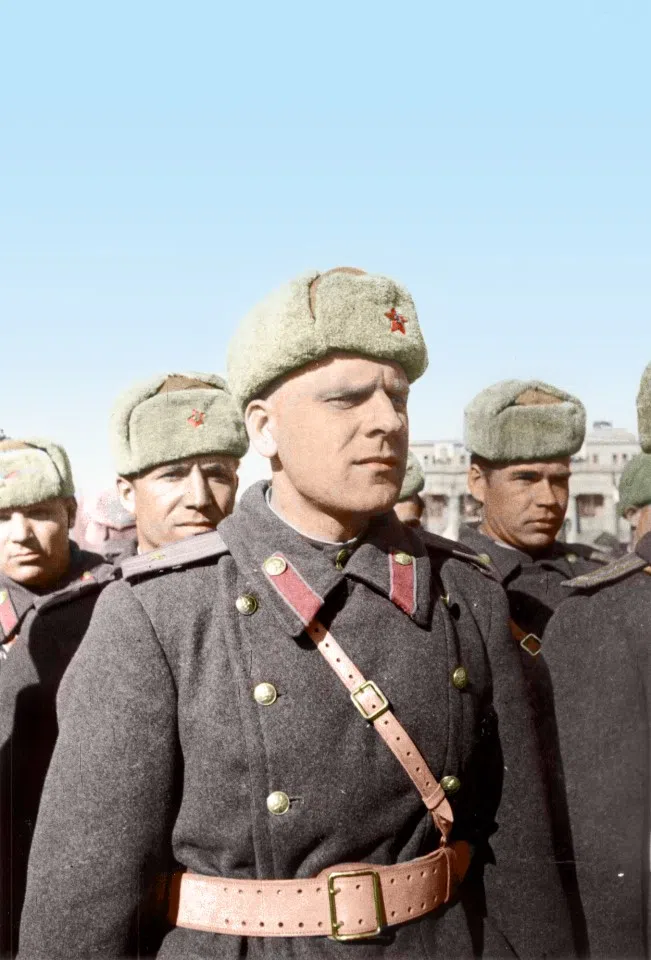
And so, northeast China came under the control of a million Soviet troops, while the CCP deployed about 20,000 troops from all parts of China to move northeast. That region was China's centre for heavy industries and the arms industries, and the Soviet troops hindered the KMT from taking over the northeast - instead, it gave the equipment of 70,000 surrendering Japanese troops to the CCP. The CCP troops arrived first, and along with converted former Manchu troops, as well as abundant military supplies and ammunition, were able to quickly build up a well-equipped army.
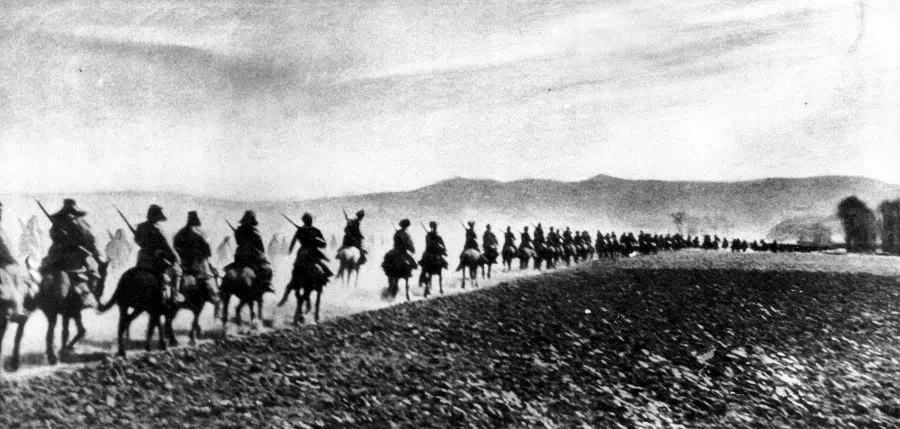

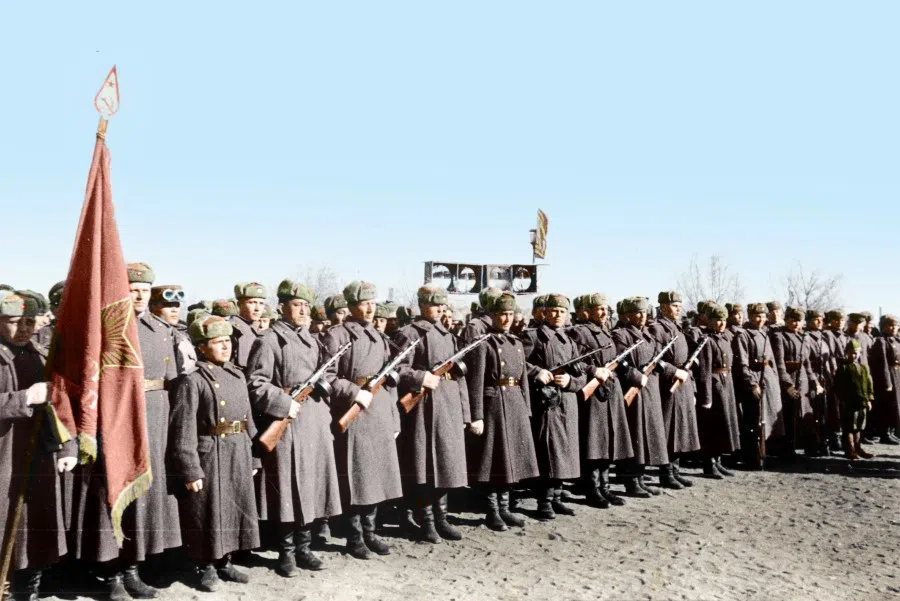
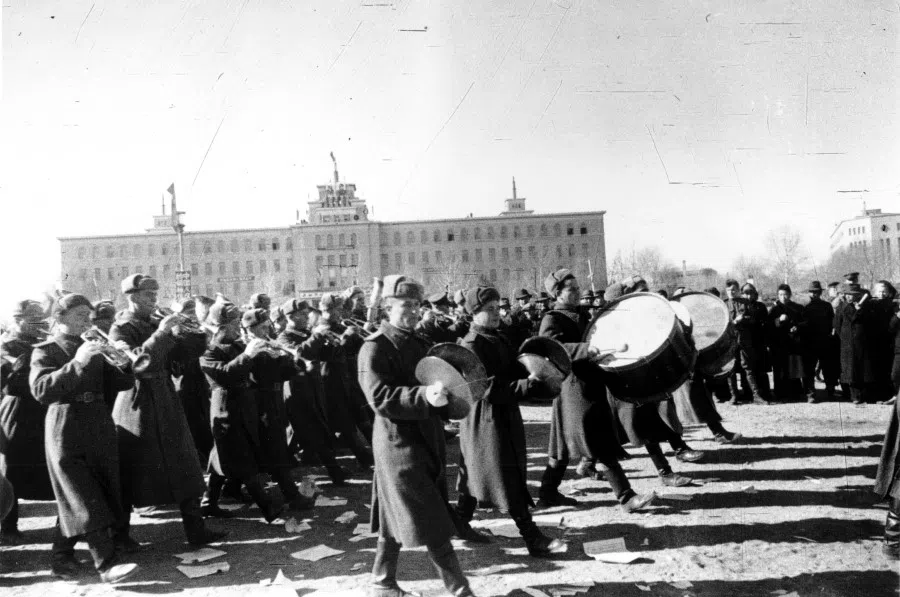
While the KMT and CCP were gearing up militarily for the civil war, the political tussle was also starting. As soon as the war ended, with US mediation, KMT leader Chiang Kai-shek invited CCP chairman Mao Zedong to Chongqing for peace talks. The whole nation was hoping the KMT and CCP would work together for long-term peace, and build up the country together.
With the US government's promise of security, US ambassador to China Patrick Jay Hurley went to Yan'an to personally escort Mao to Chongqing for negotiations with Chiang on 28 August. According to the cooperation framework between the KMT and CCP, the CCP was a legitimate political party, and for all appearances the CCP army was still part of the government troops; in reality, it was under the total control of the CCP.
Amicable ties between KMT and CCP?
The day before Japan surrendered, the CCP held its 7th National Congress, confirming Mao Zedong Thought as the party's revolutionary direction, and making ideological and logistical preparations for a post-war tussle with the KMT. Mao and Chiang held many talks in Chongqing, and on 10 October, the KMT and CCP signed what came to be known as the Double Tenth Agreement, expressing agreement to pursue national unity, peace and democracy.
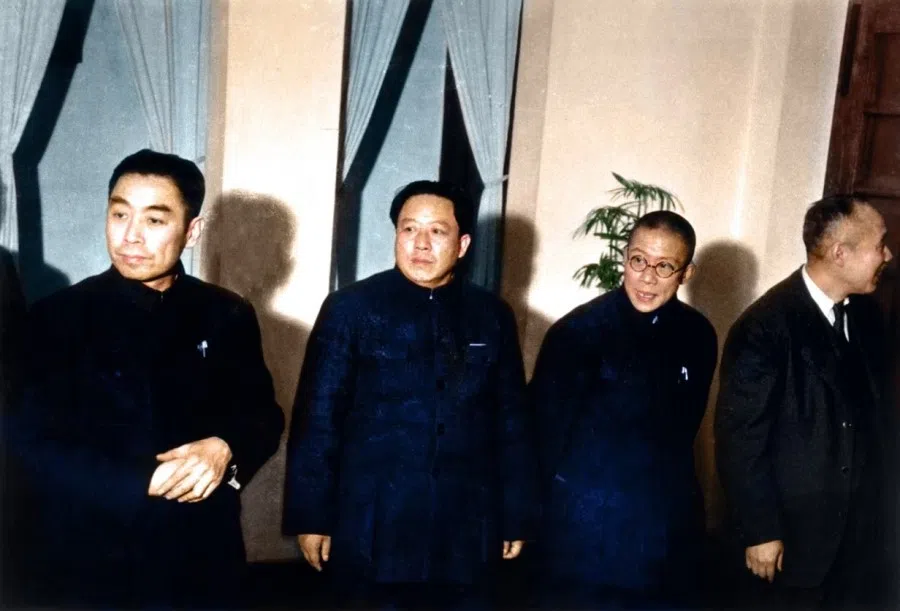
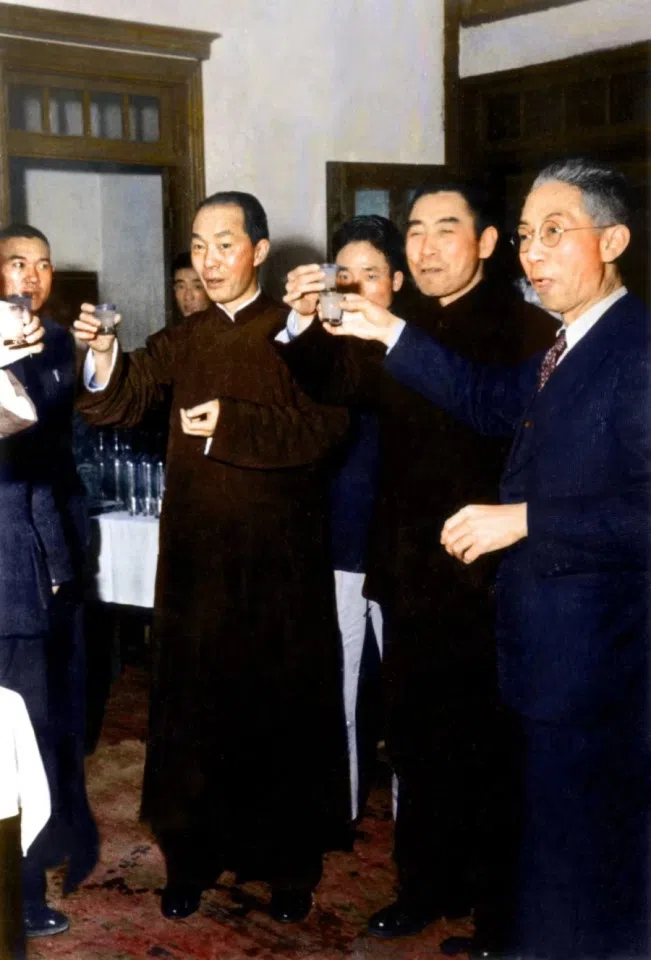

The main points of the agreement included: the CCP acknowledged the KMT as the legitimate government, while the KMT in return recognised the legitimacy of the CCP; the KMT agreed to build a democratic government and call a political conference to discuss drawing up a new constitution and holding a general election for the National Assembly.
When Chiang and Mao raised a glass to the Double Tenth Agreement, the whole nation was immersed in an atmosphere of peace and optimism, with positive assessments for both Chiang and Mao. Mao took the opportunity to meet some foreign friends in Chongqing, showing the bearing of a leader. Subsequently, to fulfil the terms of the agreement, Zhou Enlai led CCP delegates in flying to Nanjing to set up a CCP representative office near the Presidential Palace. Besides meeting with KMT representatives, they frequently met with pro-democracy persons and community leaders, and held frequent press conferences. Zhou's elegant speech and bearing won him accolades and friendship from many quarters, and also established a positive image for the CCP, contributing much to the CCP's popularity.
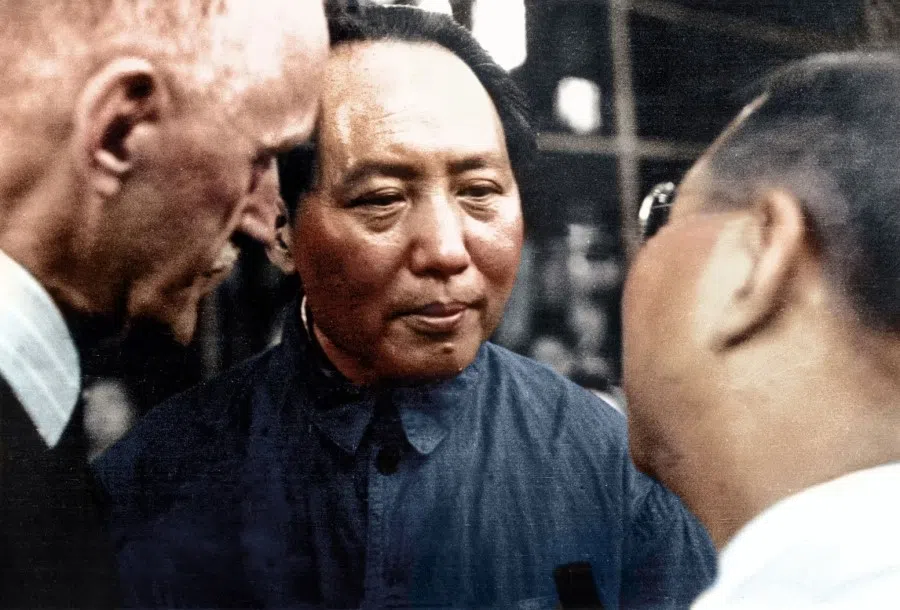

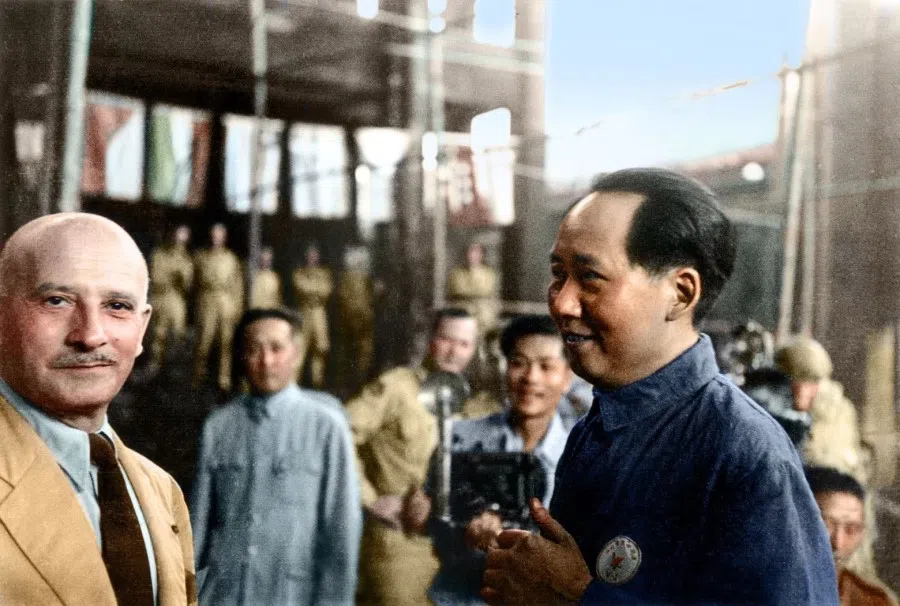
To help prevent civil war in China, in late 1945, US President Harry S. Truman sent General George C. Marshall to China for military mediation between the KMT and CCP. On Marshall's request, a three-person team was formed to coordinate integrating the CCP troops with the KMT troops. This team held numerous talks and made some positive decisions of principle. However, during the same period, the KMT and CCP armies saw armed conflict in various counties and regions, and the situation was getting worse.
Siping Campaign start of civil war
In May 1946, the KMT gathered the most elite troops and moved into the northeast. It engaged in a large-scale territorial fight in Siping against the CCP troops. Looking back today, the Siping Campaign marked the official start of the civil war between the KMT and CCP. The spirit of unity and peace of the Double Tenth Agreement was all gone, and China was thrown into an all-out civil war, less than a year after the end of WWII.
At first, with its superior weapons and WWII combat experience in the China-Burma-India theatre, the Nationalist troops were unstoppable and had an absolute advantage in the northeast China theatre, with the CCP army retreating north. However, at this point General Marshall firmly got Chiang to stop the Nationalist troops' offensive, to bring about peace between the KMT and CCP.
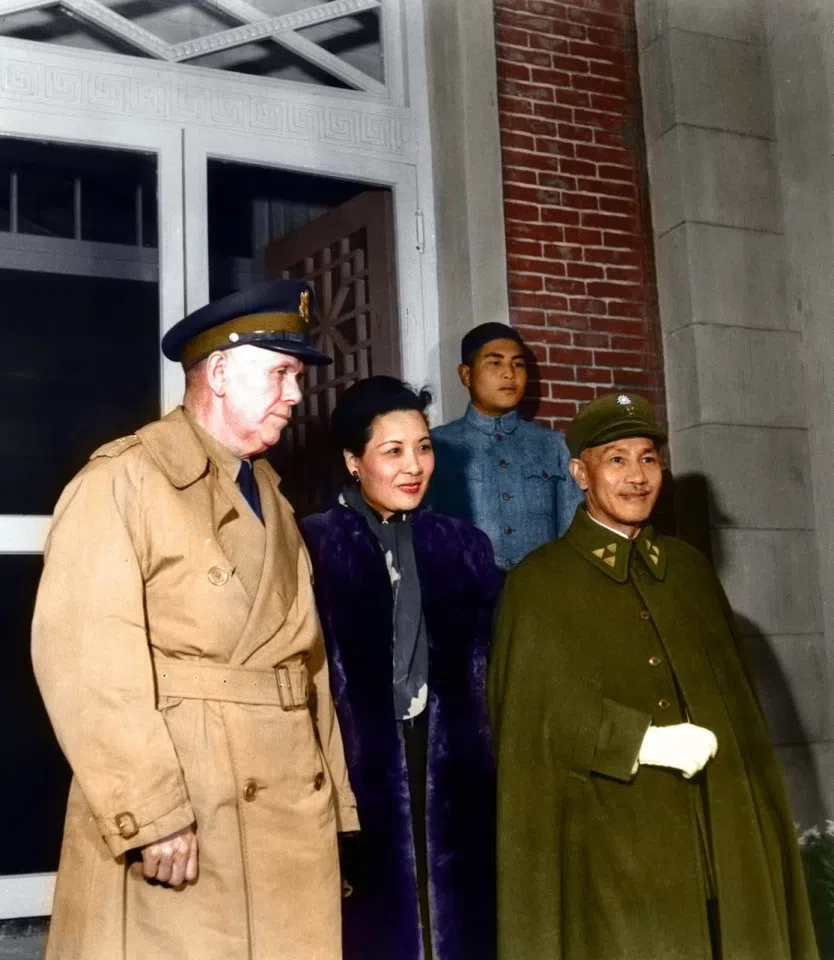
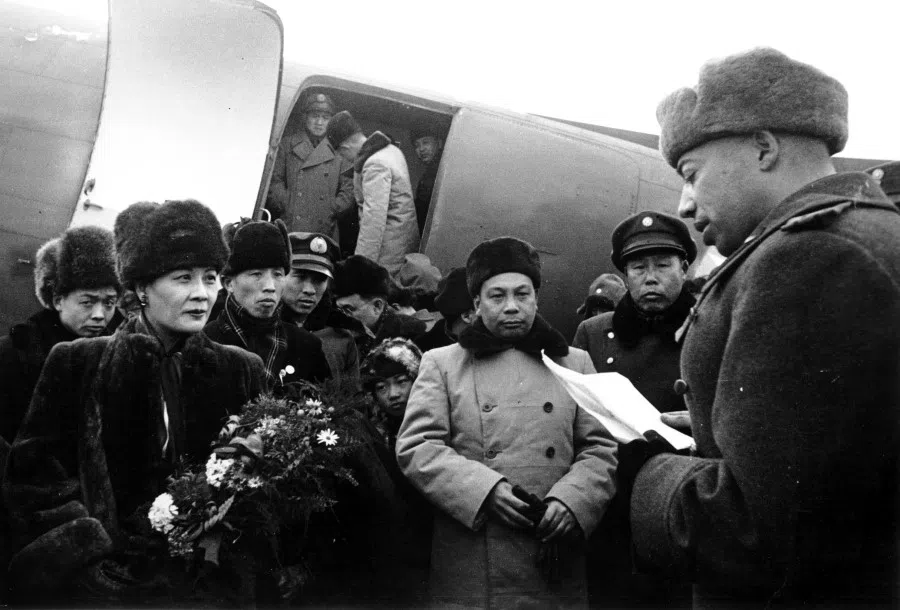
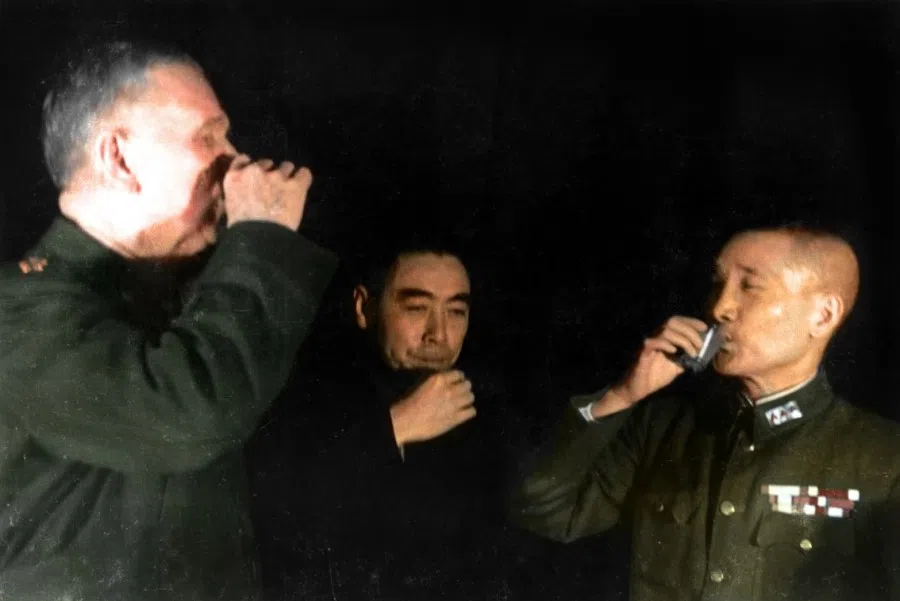
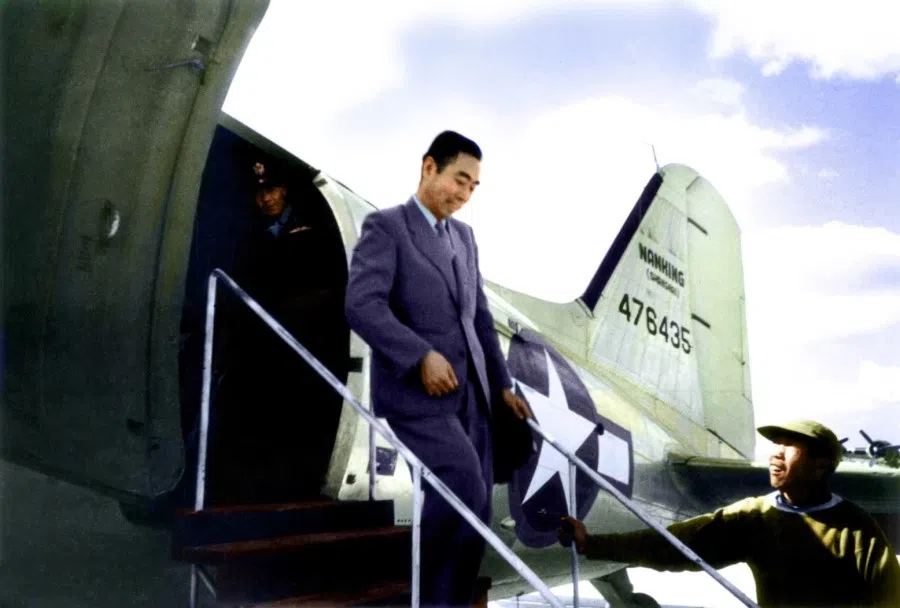
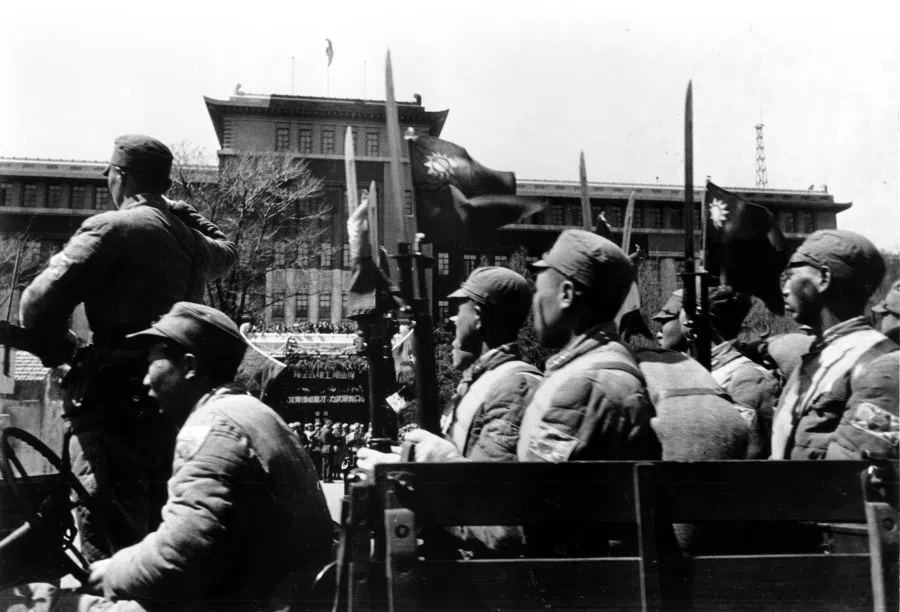


During the ceasefire, the CCP army got some valuable rest, during which they adjusted their fighting strategy and prepared a comeback. In January 1947, Marshall acknowledged the mediation had failed and left China. At this time, the civil war was raging in the northeast and north of China, and the KMT decided to gather the various parties - minus the CCP - to draw up the new constitution. In March, the CCP delegation was ordered to leave Nanjing; in April, the KMT army attacked Yan'an, where the CCP was headquartered.

Looking back at the moment of hope for peace that the Double Tenth Agreement brought to all Chinese, and how the situation rapidly deteriorated in just one year, it is truly a regrettable incident in Chinese history. While researchers often surmise who is more responsible for the civil war, in the context of studying the same period in world history, armed communist revolutions led to tragic wars in many developing countries. No matter who won in the end, there were practically no peaceful resolutions. This was also the default situation given the ideological wars of that period.
And as Japan had left a vast industrial infrastructure in northeast China, as well as rich agricultural resources, the KMT and CCP both sent their most important troops there. History has shown that the northeast China theatre had a key influence on the KMT-CCP civil war.
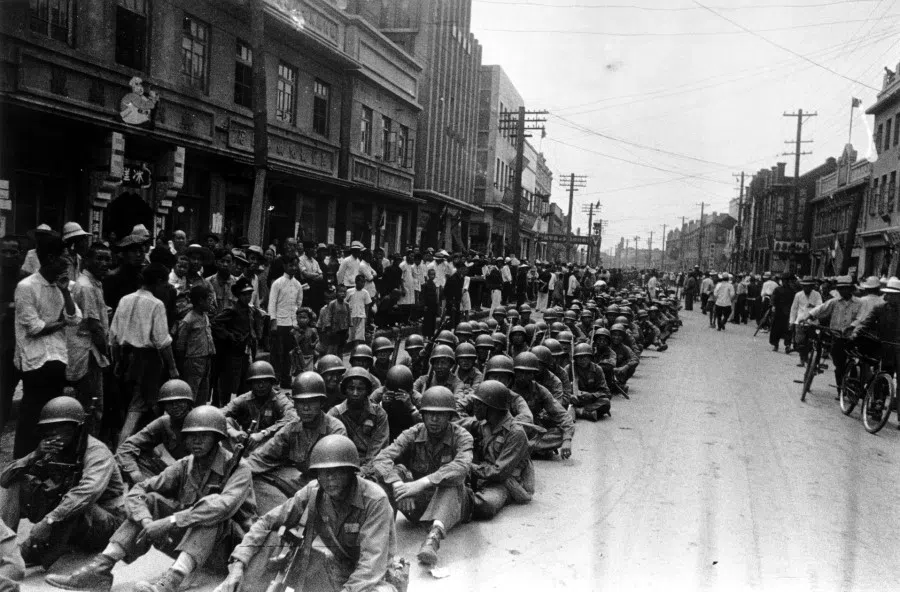
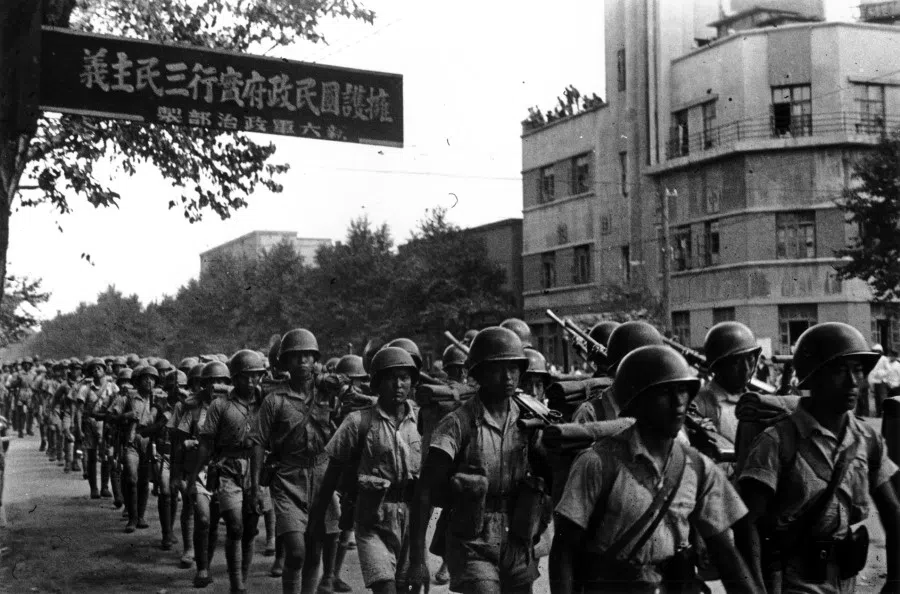
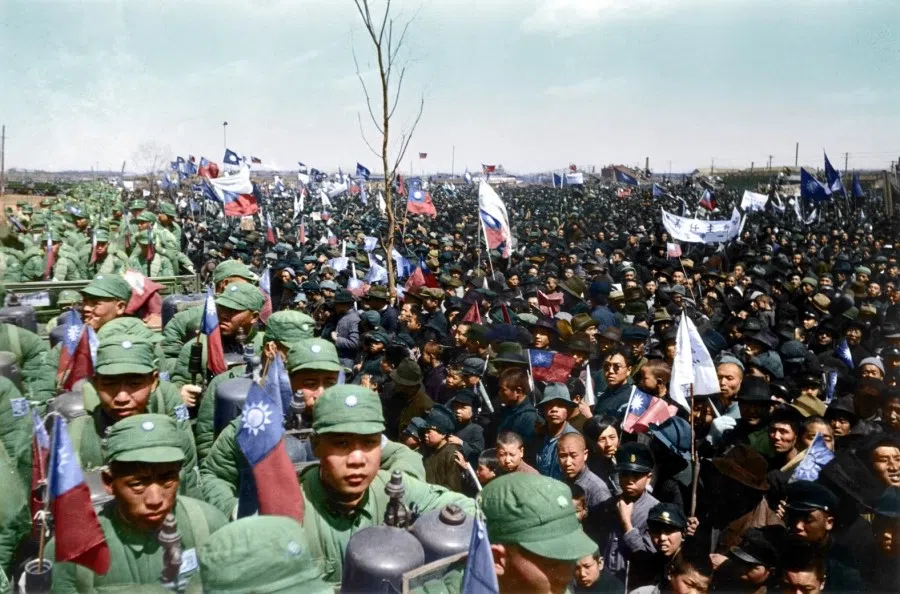
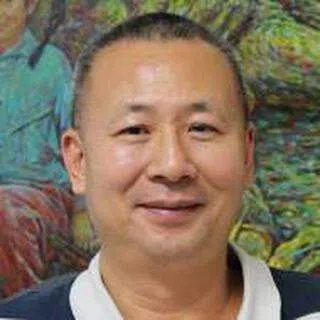


![[Big read] China’s 10 trillion RMB debt clean-up falls short](https://cassette.sphdigital.com.sg/image/thinkchina/d08cfc72b13782693c25f2fcbf886fa7673723efca260881e7086211b082e66c)

